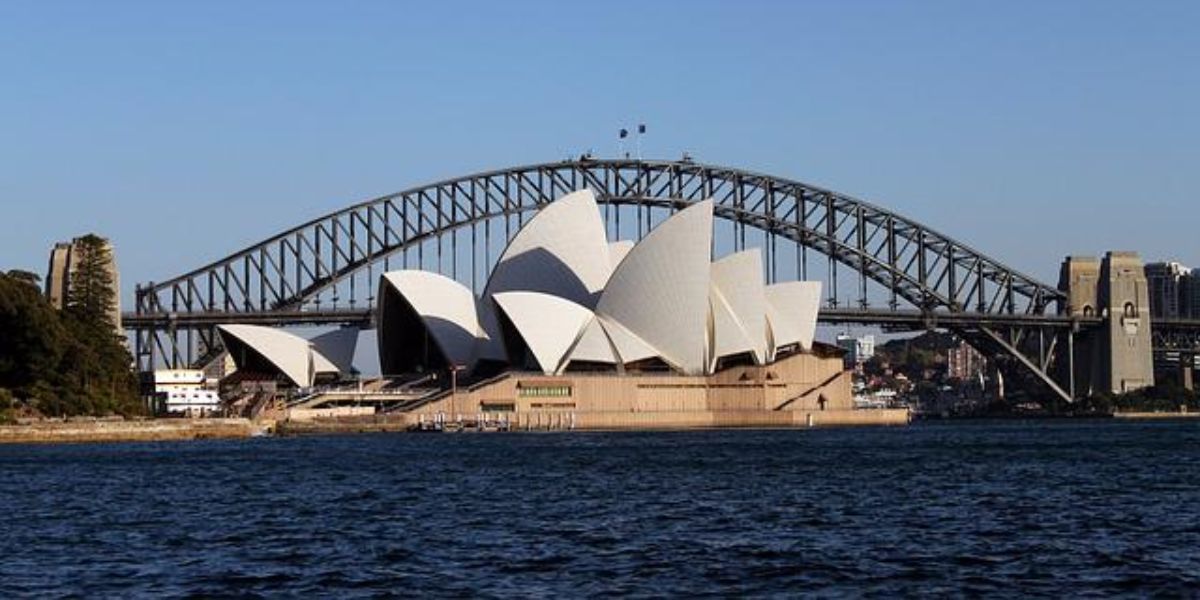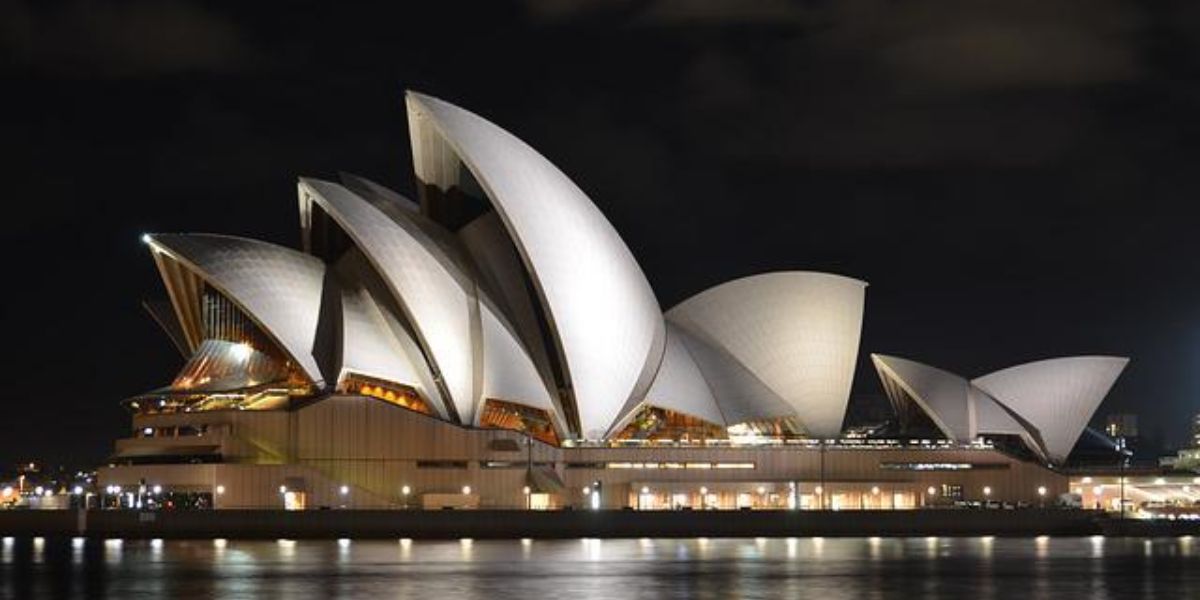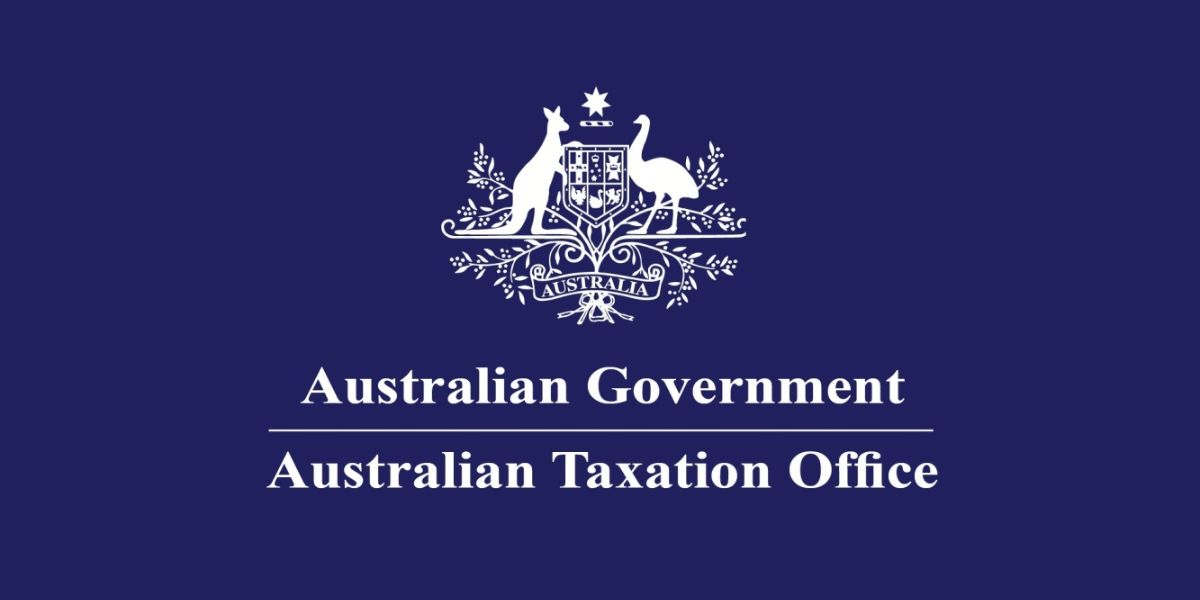The World Trade Organization (WTO) is conducting a Trade Policy Review of Australia on 21 and 23 April 2015 and has published the report prepared by its Secretariat.
Since the previous Trade Policy Review in 2011 the Australian economy has performed better than most other advanced economies and there has been a period of transition towards mining production and exports and towards more broadly based activities in non-resources sectors. In fiscal policy Australia has currently introduced a Temporary Budget Repair Levy under which new government spending must be more than offset by spending reductions in other areas.
Although Australia’s economy is one of the most open in the world international trade in goods and services still accounts for only around 40% of GDP. Commodities have a greater share of merchandise exports than before and the pattern of international trade and foreign direct investment (FDI) shows the increasing importance of China as the main export market for Australia particularly for mining products.
The Australian government has been focusing on reforms to cut costs, increase efficiency of government services and ease the regulatory environment for businesses and individuals. There are also ongoing discussions on political reform of the Federation. Trade policy aims to improve international competitiveness and overseas market access, based on combined multilateral, regional, bilateral and unilateral approaches.
The Australian government has recently repealed the Minerals Resource Rent Tax and the carbon pricing mechanism, reduced the corporate income tax rate as well as introducing the Temporary Budget Repair Levy. The report however refers to an assessment by the OECD that the tax structure is relatively inefficient, as the general consumption tax burden is below the average level for the OECD while the main corporate income tax rate is above the OECD average.
The average applied MFN tariff decreased a little from 3.1% in 2010 to 3.0% in 2014. Australia implemented unilateral reductions on apparel and on some finished textile articles at the start of 2015. Around 96% of the applied MFN rates are between 0% and 5%. Owing to policies of support for certain sectors the applied MFN tariffs on textiles, clothing, footwear and passenger motor vehicles are still much higher than the average rates.
Around 97% of tariff rates are bound, so this provides a high degree of certainty. The bound tariff is the maximum level to which the MFN tariff could rise on a given commodity. However applied MFN tariff rates are still about 7 percentage points lower than the bound rates (and in the case of clothing items this can be up to 55 percentage points). This means that there is still scope for an increase of applied tariffs within the limits of the bound rates, although this has not been done.
Computerized customs clearance facilitates imports and exports and Australia has simplified the duty concessions scheme. Customs valuation has been made consistent with the WTO Agreement on Customs Valuation and transfer pricing policy practices have been clarified.
Export assistance in the form of direct grants or concessions such as Tradex has continued and is in some sectors focused on Asian markets. Tradex provides an exemption for customs duty and GST on imported goods intended for export or to be used as inputs for exports. Support for domestic production and trade is given through tax and non-tax incentives with an emphasis on encouraging spending on research and development. The luxury car tax has been retained. This tax applies to both imports and exports but the burden appears to fall disproportionately on imports.
Economic growth is expected to increase in 2015/16 but there are downside risks from changes in the terms of trade owing to the increased role of the mining sector, the decline in mining investment and the increased activity in the non-mining economy. Australia must increase economic diversification away from the mining sector and faster multifactor productivity (MFP) growth will be required to strengthen international competitiveness.


















